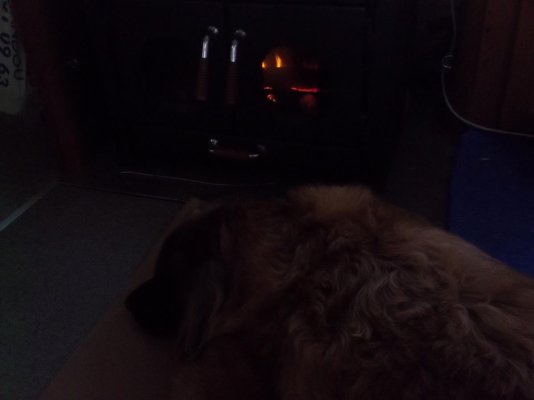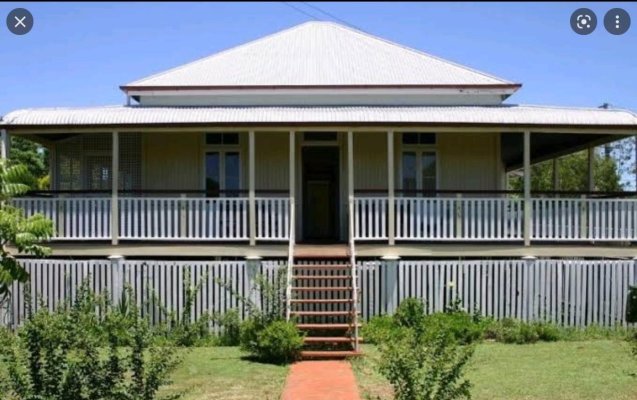ranger58sb
Guru
- Joined
- Aug 21, 2013
- Messages
- 7,266
- Location
- Annapolis
- Vessel Name
- Ranger
- Vessel Make
- 58' Sedan Bridge
But what about all the other stuff that all boats have regardless of size? Note- I'm not comparing fuel burn, acquisition, or insurance costs, either.
Let's talk about a generic 43' and 53' twin screw boat. Both boats have two engines, a generator, three or four AC units, appliances in the galley, two or three heads, a water heater, a holding tank, a potable water tank, and all the associated plumbing.
In that regard, is there really much of a difference in maintenance cost?
You're on the right track; some systems are similar regardless of size.
OTOH, a generator might be larger, so maybe slightly more expensive in fluids costs. Engine(s), ditto.
The larger boat may have more ACs (4 or even 5 instead of 3) -- unless you might be wherever Simi's climate is.
You might have separate freezer and fridge in the larger boat, or even multiple fridges too, compared to a combo in the smaller. You might have more and/or larger enclosure panels if you have an enclosed flybridge. Your freshwater pump might be larger. More bilge pumps. More float switches. Et cetera.
IOW, sometimes size (water pump?) or number (ACs) makes stuff more expensive to replace.
It might also be that the differences aren't huge enough to cause much concern, depending on your budget. OTOH, all that little stuff can add up over time...
And then there are sometimes jobs that you choose not to do yourself, for whatever reason. Lack of tools, lack of skills, too hard, whatever. That kind of labor cost can add up too...
-Chris
Last edited:



